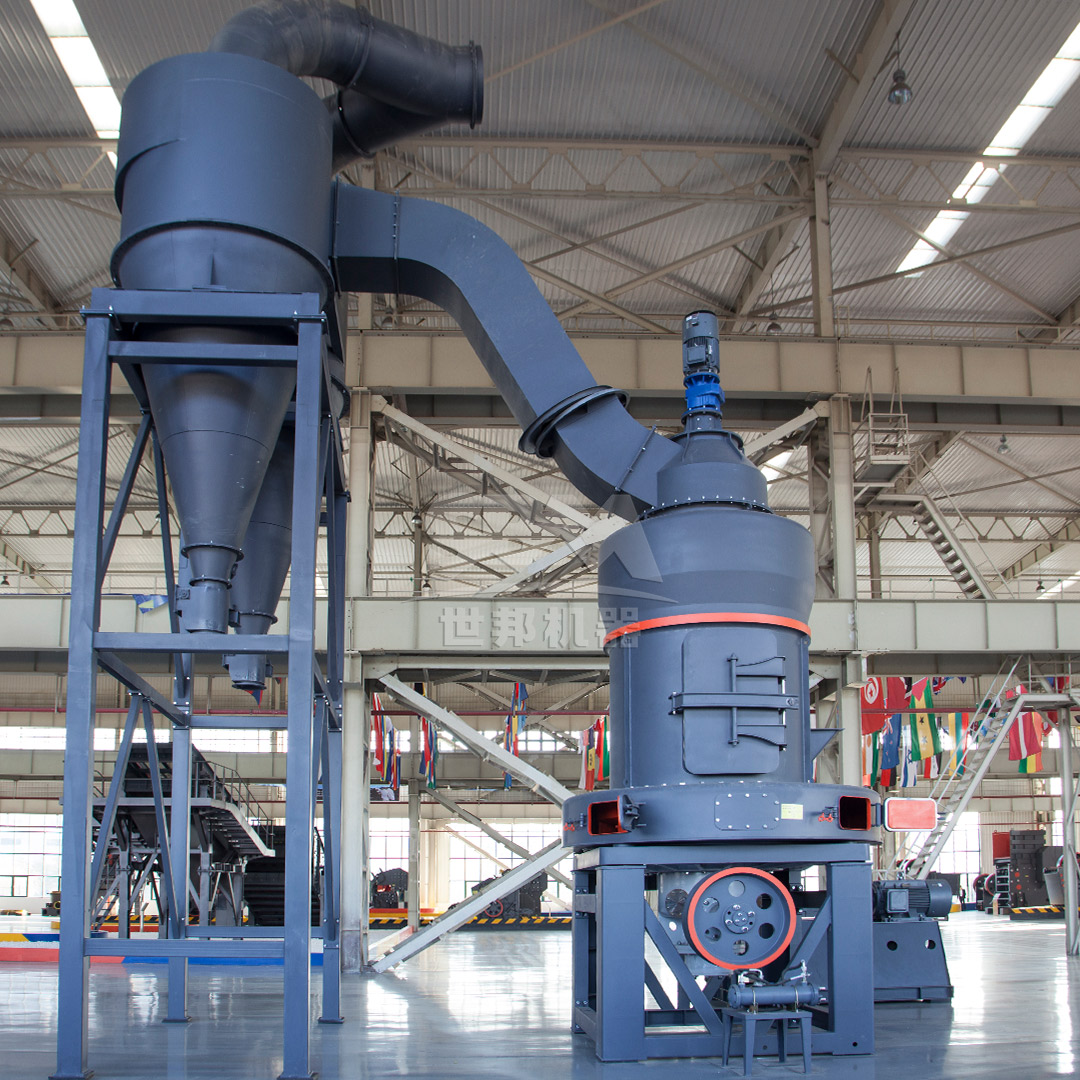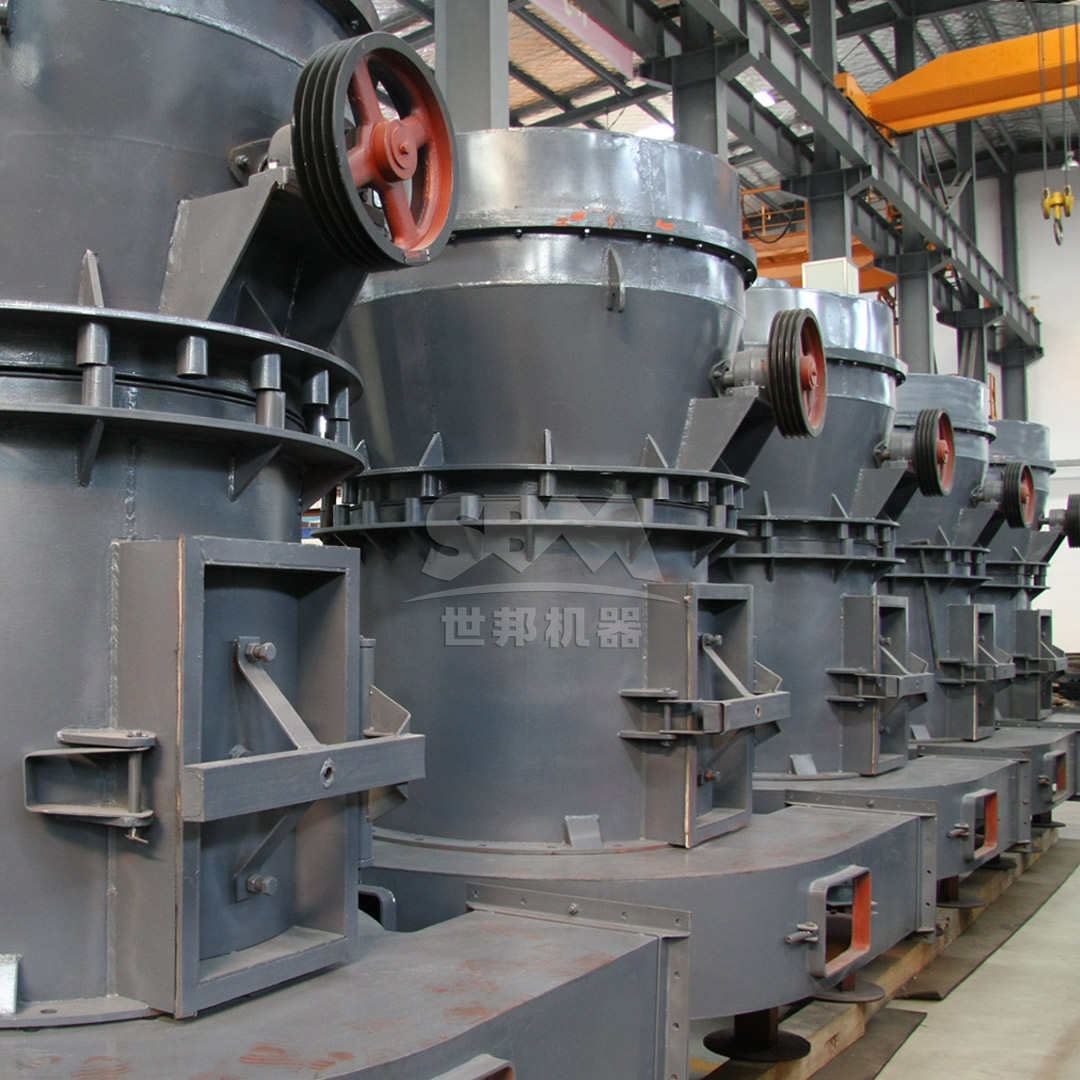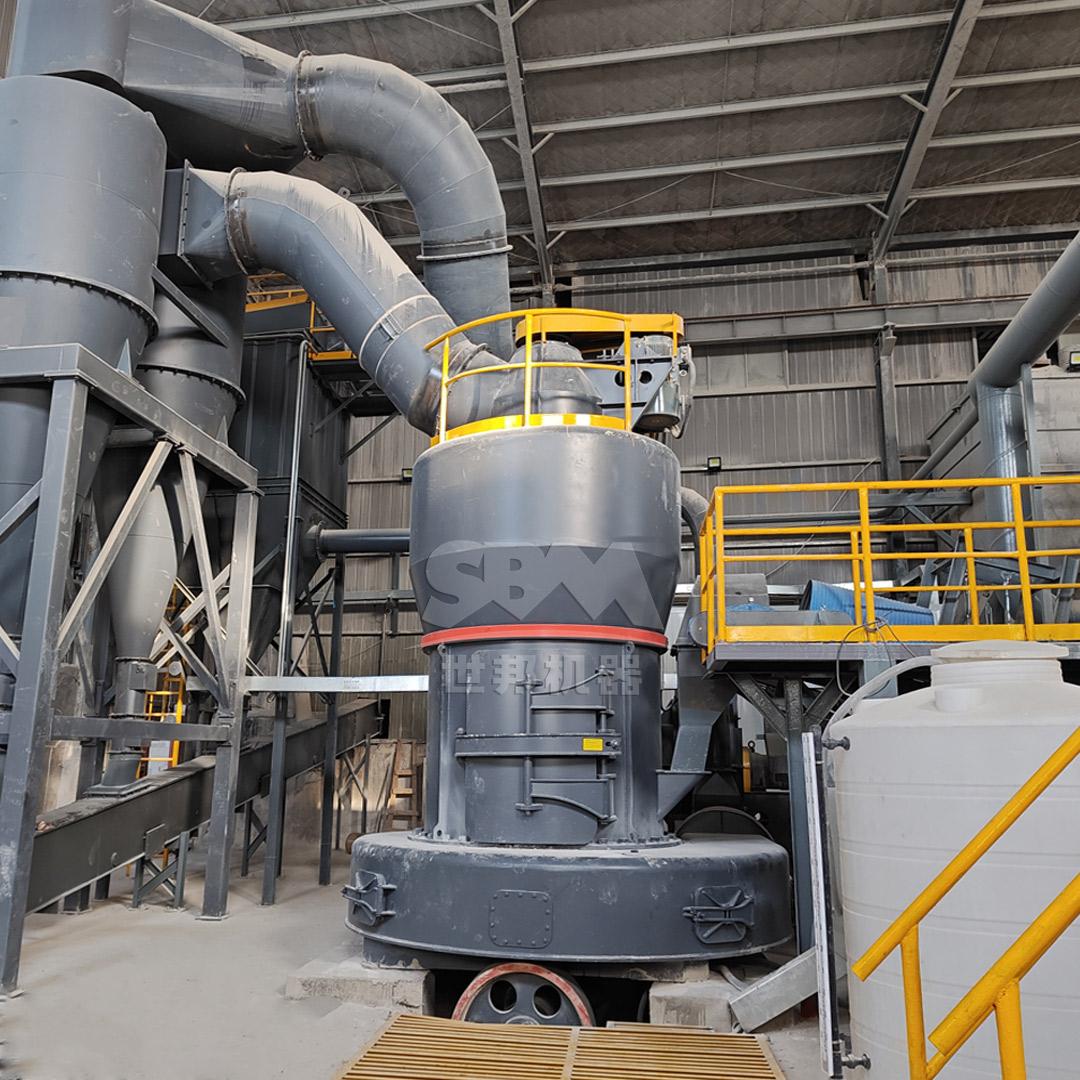As industrial projects continue to scale up to meet global demand, grinding operations face unprecedented challenges in maintaining efficiency, quality, and cost-effectiveness. The transition from laboratory-scale testing to full industrial production requires careful consideration of multiple technical and operational factors that can significantly impact project success.
Large-scale grinding operations must balance throughput requirements with particle size distribution consistency, energy consumption, maintenance schedules, and environmental compliance. This comprehensive analysis examines the key challenges and presents advanced technological solutions for modern industrial grinding applications.
One of the most significant challenges in scaling grinding operations is the exponential increase in energy requirements. Traditional grinding technologies often suffer from poor energy conversion efficiency, with only 1-2% of the input energy actually contributing to particle size reduction. As operations scale, these inefficiencies become magnified, leading to unsustainable operating costs.
The relationship between energy consumption and particle size reduction follows Rittinger’s law, which states that the energy required is proportional to the new surface area created. This means that achieving finer particle sizes requires disproportionately more energy, creating a fundamental challenge for operations targeting ultra-fine powders.
| Grinding Technology | Energy Efficiency (%) | Typical Specific Energy (kWh/t) | Scalability Factor |
|---|---|---|---|
| Ball Mills | 1-2% | 25-40 | Medium |
| Traditional Raymond Mills | 3-5% | 18-30 | Low |
| Advanced Vertical Mills | 8-12% | 12-22 | High |
| Ultrafine Grinding Systems | 5-8% | 30-60 | Medium-High |
Maintaining consistent particle size distribution becomes increasingly challenging as throughput increases. Variations in feed material characteristics, wear patterns on grinding components, and classification efficiency all contribute to product quality inconsistencies. For many industrial applications, particularly in pharmaceuticals, coatings, and advanced materials, tight control over particle size distribution is critical for product performance.
Advanced classification systems with real-time monitoring and automated adjustment capabilities are essential for large-scale operations. The integration of sophisticated control algorithms can compensate for process variations and maintain product specifications within narrow tolerances.

Component wear represents a major operational challenge in scaled grinding operations. The economic impact of wear includes not only replacement part costs but also production downtime and product quality issues. As throughput increases, the frequency of maintenance interventions can become a limiting factor for overall equipment effectiveness.
Different grinding mechanisms produce distinct wear patterns. Impact-dominated processes typically cause more severe but localized wear, while attrition-based grinding creates more uniform but extensive wear surfaces. Understanding these mechanisms is crucial for selecting appropriate wear-resistant materials and designing effective maintenance strategies.
Modern grinding technology has made significant advances in energy efficiency through optimized mechanical designs and intelligent control systems. The SCM Ultrafine Mill represents a breakthrough in large-scale ultrafine grinding applications, offering substantial advantages for operations requiring precise particle size control at high throughput rates.
With output fineness ranging from 325 to 2500 mesh (D97 ≤ 5μm) and capacity up to 25 tons per hour, the SCM series addresses the core challenges of scaling ultrafine grinding operations. Its vertical turbine classifier enables precise particle size切割, while the intelligent control system automatically adjusts operational parameters to maintain consistent product quality despite variations in feed material characteristics.
| SCM Model | Processing Capacity (t/h) | Main Motor Power (kW) | Output Fineness (mesh) | Recommended Application Scale |
|---|---|---|---|---|
| SCM800 | 0.5-4.5 | 75 | 325-2500 | Pilot to Medium Scale |
| SCM1000 | 1.0-8.5 | 132 | 325-2500 | Medium Scale |
| SCM1250 | 2.5-14 | 185 | 325-2500 | Large Scale |
| SCM1680 | 5.0-25 | 315 | 325-2500 | Extra Large Scale |
The energy efficiency of the SCM Ultrafine Mill is particularly noteworthy, with demonstrated energy savings of 30% compared to conventional jet mills while delivering twice the production capacity. This efficiency gain becomes critically important in large-scale operations where energy costs represent a major portion of operating expenses.
For projects requiring extremely high throughput rates, the LM Series Vertical Roller Mill offers unparalleled scalability with capacities reaching 250 tons per hour. This system integrates multiple functions including crushing, grinding, and separation in a single compact unit, significantly reducing the footprint required for large-scale operations.
The LM series employs a unique grinding principle where material is ground between the rotating table and rollers under applied pressure. This efficient comminution method, combined with integrated high-efficiency classifiers, enables precise control over product fineness while minimizing energy consumption. The system’s ability to handle feed materials up to 50mm in size further simplifies the overall process flow by reducing the need for extensive pre-crushing operations.

Key advantages of the LM Vertical Roller Mill for large-scale projects include:
Modern grinding systems incorporate sophisticated control strategies that optimize performance across varying operating conditions. Advanced process control systems utilize real-time data from multiple sensors to adjust critical parameters such as feed rate, classifier speed, and grinding pressure. These systems can detect patterns indicative of component wear or process deviations and automatically compensate to maintain product quality.
Machine learning algorithms further enhance system performance by identifying optimal operating points based on historical data and current conditions. This capability is particularly valuable for operations processing materials with variable characteristics, as the system can adapt to maintain consistent output quality.
Large-scale grinding operations generate significant amounts of dust, creating environmental and workplace safety challenges. Modern grinding systems address these concerns through integrated dust collection systems that typically achieve collection efficiencies exceeding 99.9%. Pulse-jet baghouse filters with automated cleaning cycles maintain consistent performance while minimizing maintenance requirements.
The SCM Ultrafine Mill incorporates a highly efficient pulse dust collector that exceeds international emission standards. Its fully sealed negative pressure operation ensures no dust leakage during normal operation, addressing both environmental compliance and workplace safety requirements.
Noise pollution represents another significant challenge in scaling grinding operations. High-capacity grinding equipment can generate sound pressure levels exceeding 100 dB, creating hearing protection requirements and potential community impact issues. Advanced grinding systems incorporate multiple noise reduction technologies including acoustic enclosures, vibration isolation mounts, and optimized mechanical designs.
The integration of soundproofing chambers in the SCM series reduces operational noise to ≤75 dB, significantly below the levels typically associated with industrial grinding equipment. This feature is particularly important for operations located near residential areas or in regions with strict noise regulations.

When evaluating grinding technologies for large-scale projects, a comprehensive total cost of ownership analysis is essential. This analysis should consider not only the initial capital investment but also operating costs (energy, consumables, labor), maintenance expenses, and the economic impact of production availability.
Advanced grinding systems typically command a premium in initial investment but offer substantial savings in operating costs. The LM Vertical Roller Mill, for example, demonstrates a 30-40% reduction in energy consumption compared to traditional ball mill systems. For a large-scale operation processing 250 tons per hour, this efficiency gain can translate to annual energy savings exceeding $500,000, depending on local electricity rates.
Selecting grinding technology with appropriate scalability is crucial for long-term project success. Systems should accommodate anticipated production increases without requiring complete replacement of major equipment. Modular designs that allow for capacity expansion through the addition of parallel units or upgrades to existing equipment provide flexibility for future growth.
The comprehensive model range available in both the SCM and LM series enables operations to select equipment matched to current requirements while maintaining a clear pathway for future expansion. This scalability ensures that initial investments remain valuable even as production requirements evolve.
A large mining operation in South America recently implemented SCM1680 ultrafine mills to process limestone for industrial applications. The project required consistent production of 20 tons per hour of product with 97% passing 5μm. Traditional ball mills were unable to meet the fineness requirements efficiently, while jet mills proved cost-prohibitive at the required scale.
The implementation of SCM technology resulted in:
This case demonstrates how advanced grinding technology can successfully address the challenges of scaling up industrial grinding operations while delivering substantial economic benefits.
Scaling up industrial grinding operations for large-scale projects presents multifaceted challenges spanning technical, economic, and environmental domains. Success requires a holistic approach that considers not only the grinding technology itself but also the complete system integration, control strategy, and operational philosophy.
Advanced grinding systems like the SCM Ultrafine Mill and LM Vertical Roller Mill offer compelling solutions to these challenges through their combination of high efficiency, precise control, reliability, and environmental compliance. As industrial projects continue to increase in scale and complexity, the selection of appropriate grinding technology will remain a critical factor in determining overall project success.
The ongoing development of intelligent control systems and wear-resistant materials will further enhance the capabilities of large-scale grinding operations, enabling even greater efficiency and reliability in the future. Operations that strategically implement these advanced technologies position themselves for long-term competitiveness in an increasingly demanding industrial landscape.